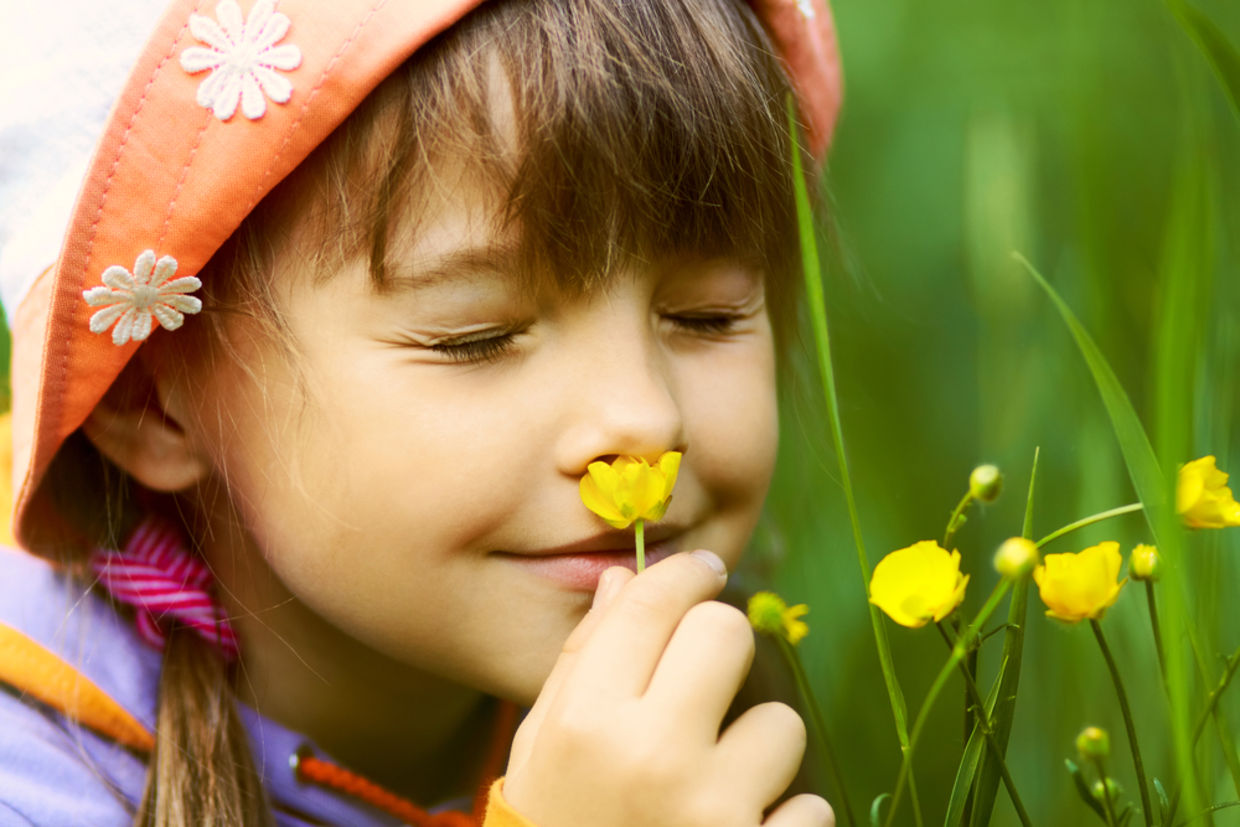
Gratitude is an affirmation of positivity (michaelheim /Shutterstock.com)
Perhaps the world’s leading scientific expert on gratitude Robert Emmons, argues that gratitude has two key components, which he describes in a Greater Good essay, “Why Gratitude Is Good.”
“First,” he writes, “it’s an affirmation of goodness. We affirm that there are good things in the world, gifts and benefits we’ve received.”
In the second part of gratitude, he explains, “we recognize that the sources of this goodness are outside of ourselves.…We acknowledge that other people—or even higher powers, if you’re of a spiritual mindset—gave us many gifts, big and small, to help us achieve the goodness in our lives.”
These 10 tips from Emmons give guidance on simple ways to cultivate gratitude in your everyday life.
1. KEEP A GRATITUDE JOURNAL
Establish a daily practice in which you remind yourself of the gifts, grace, benefits, and good things you enjoy. Setting aside time on a daily basis to recall moments of gratitude associated with ordinary events, your personal attributes, or valued people in your life gives you the potential to interweave a sustainable life theme of gratefulness.

A daily practice of gratitude (Ivan Kruk / Shutterstock.com)
2. REMEMBER THE BAD
To be grateful in your current state, it is helpful to remember the hard times that you once experienced. When you remember how difficult life used to be and how far you have come, you set up an explicit contrast in your mind, and this contrast is fertile ground for gratefulness.
3. ASK YOURSELF THREE QUESTIONS
Utilize the meditation technique known as Naikan, which involves reflecting on three questions: “What have I received from __?”, “What have I given to __?”, and “What troubles and difficulty have I caused?”
4. LEARN PRAYERS OF GRATITUDE
In many spiritual traditions, prayers of gratitude are considered to be the most powerful form of prayer, because through these prayers people recognize the ultimate source of all they are and all they will ever be.
5. COME TO YOUR SENSES
Through our senses—the ability to touch, see, smell, taste, and hear—we gain an appreciation of what it means to be human and of what an incredible miracle it is to be alive. Seen through the lens of gratitude, the human body is not only a miraculous construction, but also a gift.

Taking time to smell the roses - literally and figuratively (Evgeny Bakharev / Shutterstock.com)
6. USE VISUAL REMINDERS
Because the two primary obstacles to gratefulness are forgetfulness and a lack of mindful awareness, visual reminders can serve as cues to trigger thoughts of gratitude. Often times, the best visual reminders are other people.
7. MAKE A VOW TO PRACTICE GRATITUDE
Research shows that making an oath to perform a behavior increases the likelihood that the action will be executed. Therefore, write your own gratitude vow, which could be as simple as “I vow to count my blessings each day,” and post it somewhere where you will be reminded of it every day.
8. WATCH YOUR LANGUAGE
Grateful people have a particular linguistic style that uses the language of gifts, givers, blessings, blessed, fortune, fortunate, and abundance. In gratitude, you should not focus on how inherently good you are, but rather on the inherently good things that others have done on your behalf.
9. GO THROUGH THE MOTIONS
If you go through grateful motions, the emotion of gratitude should be triggered. Grateful motions include smiling, saying thank you, and writing letters of gratitude.
10. THINK OUTSIDE THE BOX
If you want to make the most out of opportunities to flex your gratitude muscles, you must creatively look for new situations and circumstances in which to feel grateful.
YOU MIGHT ALSO LIKE:
4 Strategies to Turn Gratitude into a Lasting Habit
Why Gratitude is Good & How to Get More of it [INFOGRAPHIC]
4 Important Lessons from ‘Inside Out’ to Discuss With Kids
This article originally appeared on Greater Good, the online magazine of UC Berkeley's Greater Good Science Center. View the original article here.







